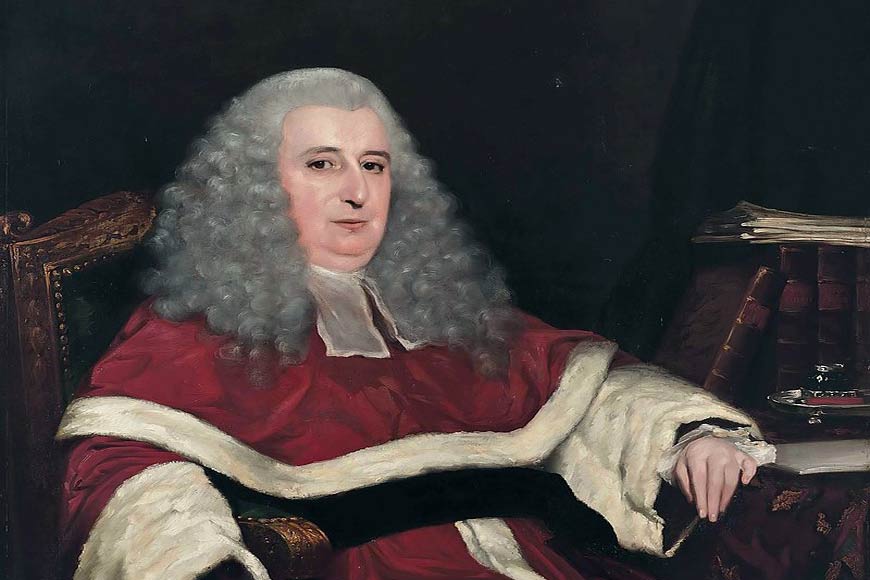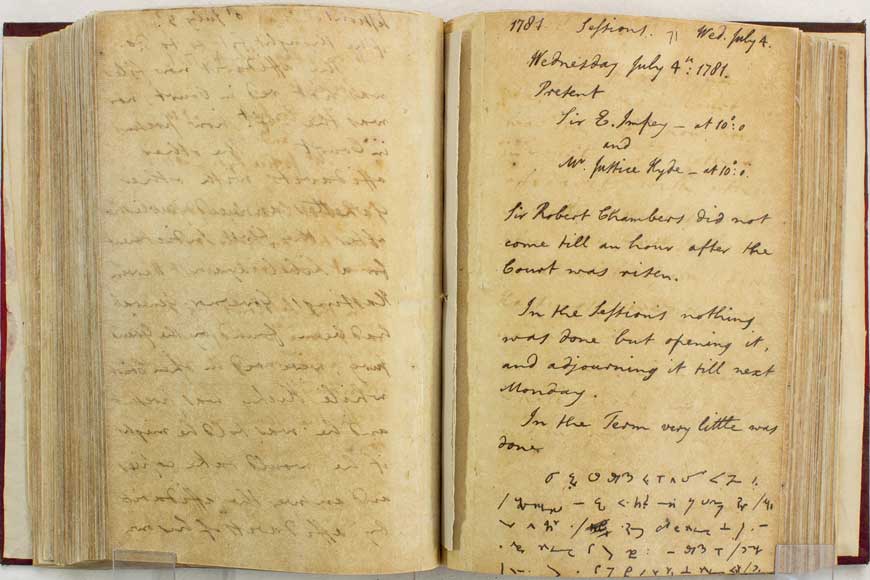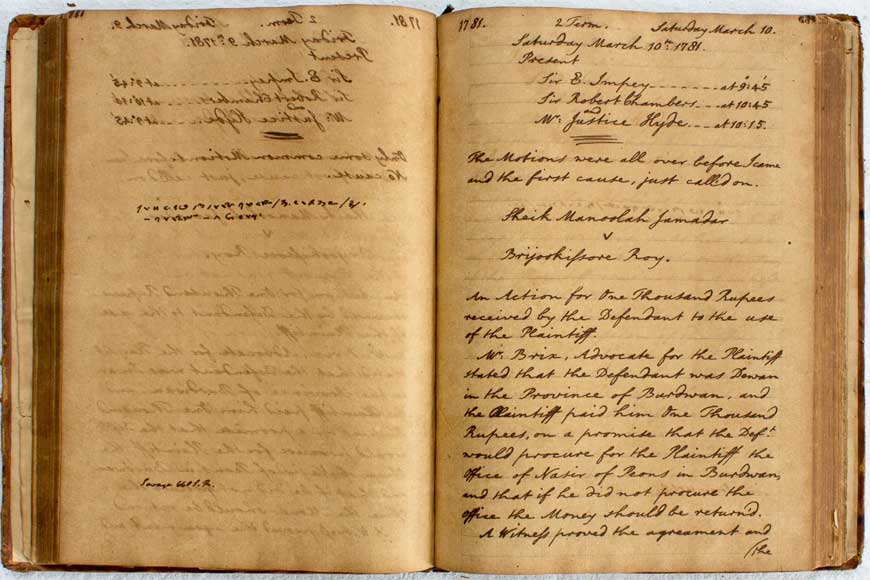Supreme Court of Calcutta’s judge John Hyde’s secret notes

Bengal was the first city where the Supreme Court was set up by the British during their colonial rule and John Hyde was a famous judge who resided in Kolkata. During his tenure, Freedom of press in Calcutta was put on trial. Bengal was the first place where the fight for justice started and that fight for freedom for speech somehow got ingrained in the hearts and souls of Bengalis.
Andrew Otis in his book, “Hicky’s Bengal Gazette, India’s First Newspaper”, mentioned about the Crusader and the grandfather of Indian Journalism. James Augustus Hicky was the one who exposed the British in his newspapers who were trying to curb the rights of Indians. Otis got access to the notebooks written by John Hyde, one of the first Supreme Court judges of Bengal. Otis thought that Hyde’s notebooks were a good place to start with. Hyde’s notebooks were kept in Victoria Memorial, Kolkata and were yet to be digitized. But they were a treasure trove on the judicial history of British Bengal.
Otis spent much of his time at the National Library of Kolkata, where he found an incomplete and partially damaged microfilm and later realised that there was secret code written throughout the notebooks. “At first I ignored these incomprehensible symbols, not knowing what they were. But I kept seeing the symbols. Hyde had written many of them around Hicky’s trials. He had obviously wanted to conceal something. What was he hiding?”

Otis teamed up with Carol Johnson, an expert in ancient shorthand at the New Jersey Institute of Technology, US. The task turned out to be more difficult. Otis needed to send Carol photocopies of the microfilm. “At first, the National Library allowed me to make digital copies. Then they allowed only paper copies. Then they allowed only one-third of the number of pages I requested, so if Hyde wrote six pages on any given date, I could only copy two of the pages. Much later, after my time in India, Carol broke Hyde’s code. She discovered that Hyde had been secretly recording the corruption of his fellow judges in the Supreme Court of Calcutta.”
James Hicky had to go through four trials for three different articles. In the first trial John Hyde was the judge. Their goal was to prove that Hicky wanted to demean the Britons. In his gazette he mentioned about this trial and informed there that his case was not just about one newspaper. “Freedom of speech was on trial. If he lost, not just his newspaper but the people’s voice would be lost. The last protector would be gone.” Hicky not just protected the voice of Bengalis but the whole of India.
Hicky had to face a jury filled with enemies. He objected to Elijah Impey sitting on his trial, the very judge who had ordered hanging of many Indians. His objection was overruled and justice Hyde told Hicky that he had no right to make objections. Hicky knew Impey when he was a law clerk and Impey was a lawyer in England’s Western Circuit. “Hicky objected to any Company servants sitting on the jury. He believed they would all be biased like the grand jury.” Impey was also extremely anti-Indian in his views.
Henry Davies was the opposing lawyer. The trial was on one of Hicky’s articles in which Hicky’s writer called Hastings, ‘Clive’s miserable successor.’ Davies’s case was easy as all he had to prove was that Hicky was the one who printed the paper and that he libelled Hastings. “..libel in the eighteenth century was defined as any printed matter whose content could breach the peace, a printer could be sued for libel on almost anything. Furthermore, printers were responsible for their writer’s articles, even if they had never seen its content.” This was the situation of freedom of speech and expression in 18th century Bengal, where speaking up about the tough times was not an option. All the decisions were up to the judge. In a trial the defendant did not even have the ability to decide if he libelled or not. Once it was proven who printed the article and who was libelled, it was the judge who determined if the words contained malice. Once the judge decided that the words contained malice, the printer was charged as guilty of libel.

Hicky’s attorney, Anthony Fay tried to indicate that the phrase ‘Clive’s miserable successor’ can be directed towards anyone instead of Hastings such as the military commander in Midnapore. But the claim was overruled as it did not have enough merit. Finally, Hicky defended himself, “His defense was simple yet radical. He claimed he was the victim of tyranny and despotism, and he had a right to print that no man, or no Company, could take away from him.”
The verdict of the trial was “Not Guilty”. Impey was shocked with the results and tried to overturn it, yet the result was same. The second trial was on the same day which was based on Hasting’s charge that Hicky had called Hastings “an ‘all Despotic’ ‘Great Mogul’” with erectile dysfunction. In the second trial Hicky faced a different jury where the verdict was “Guilty” and there was no other record of it.
This is an example of the extreme charges a man had to face just due to the fact that he wanted to expose the wrongdoings of the British. John Hyde had to record the proceedings of the trial in a secret code as the any records if left, can be a major threat to the British. He understood that Hicky was trying to expose the British, yet Hyde backed him as he gave the verdict of him being not guilty. Eventually Hicky proved to be a threat.
If only Hicky could have survived and fought for a few more days then the cruel British Raj would have ended a lot sooner and the riches of our land could be preserved.











